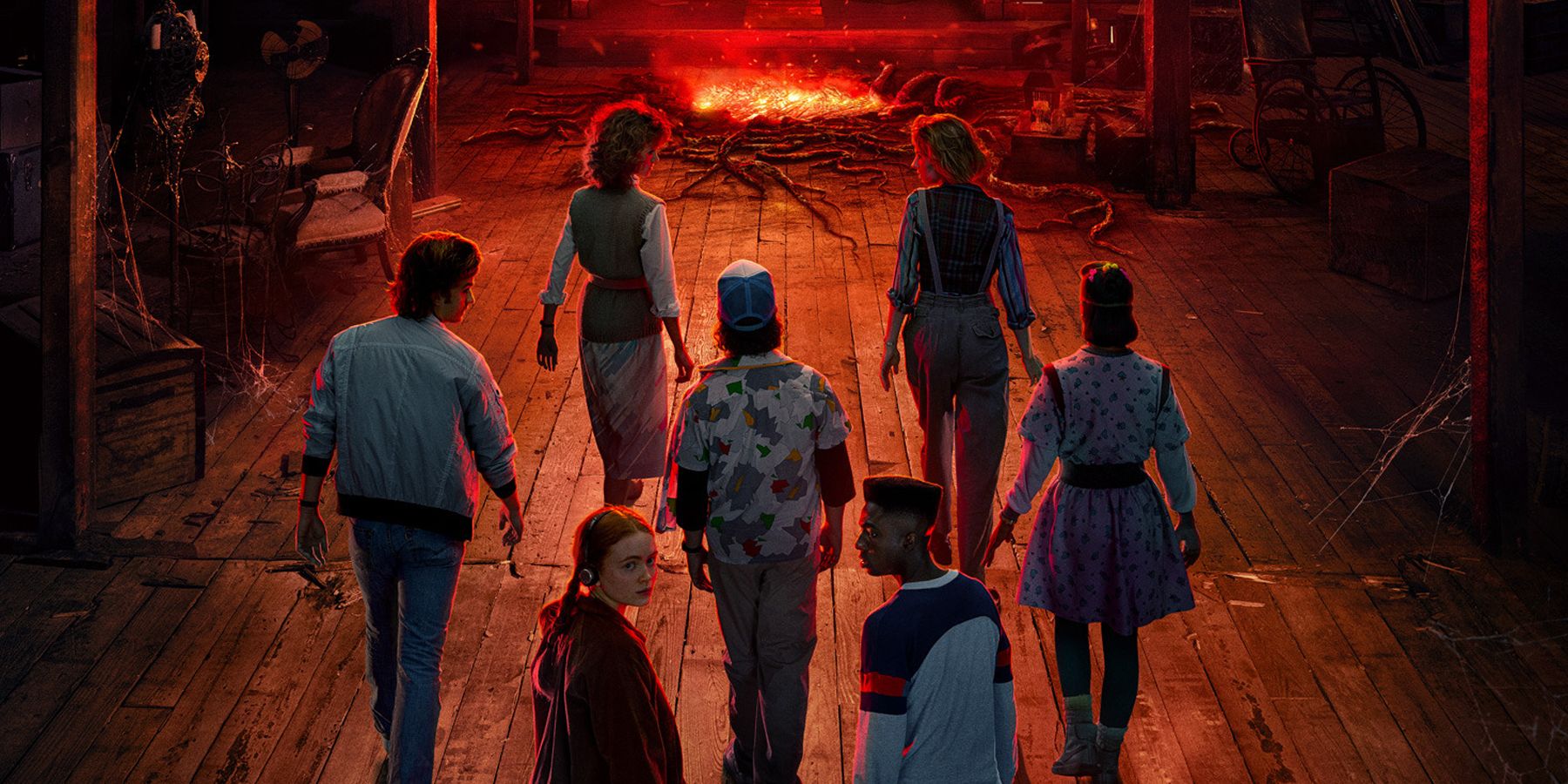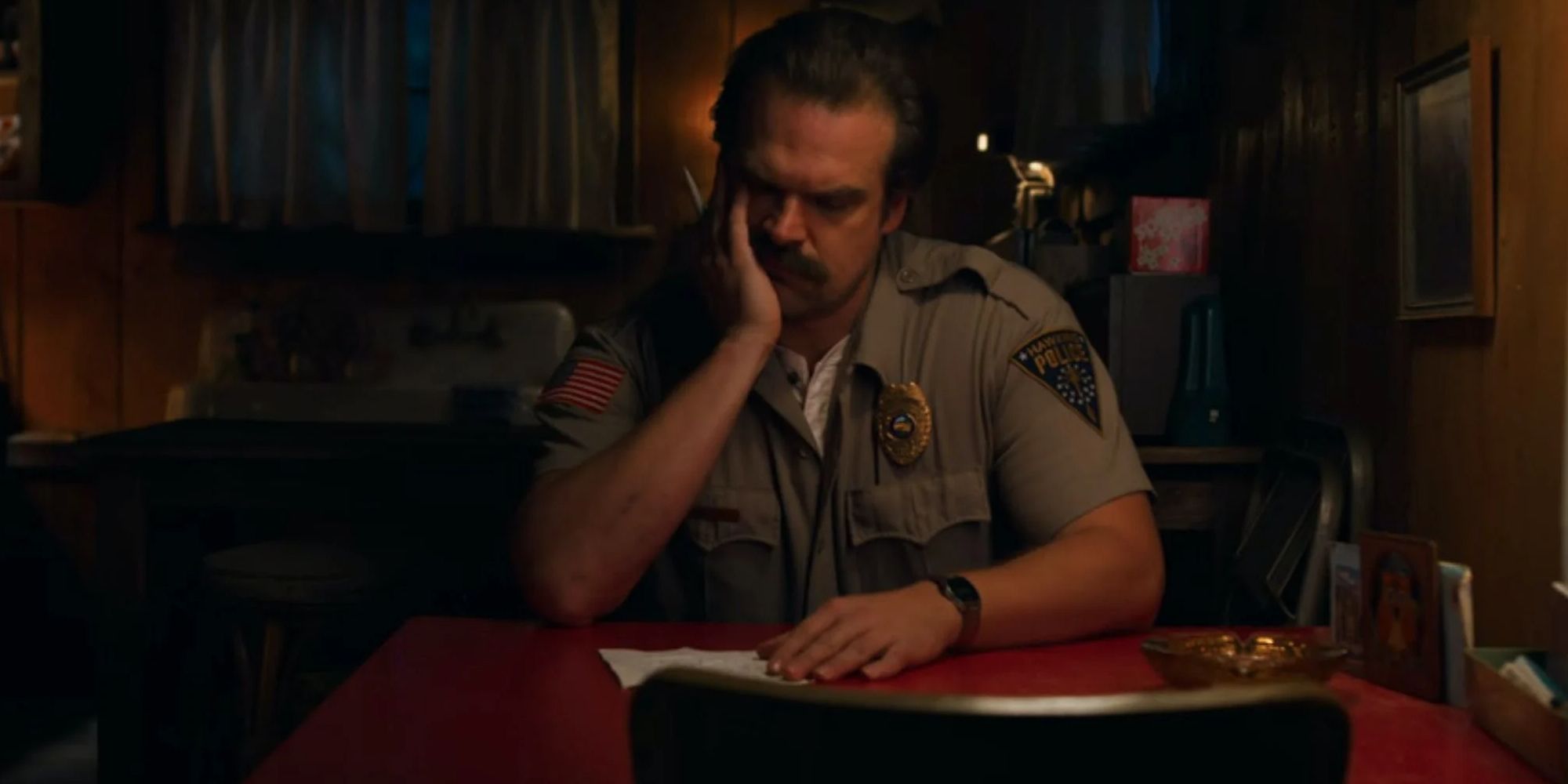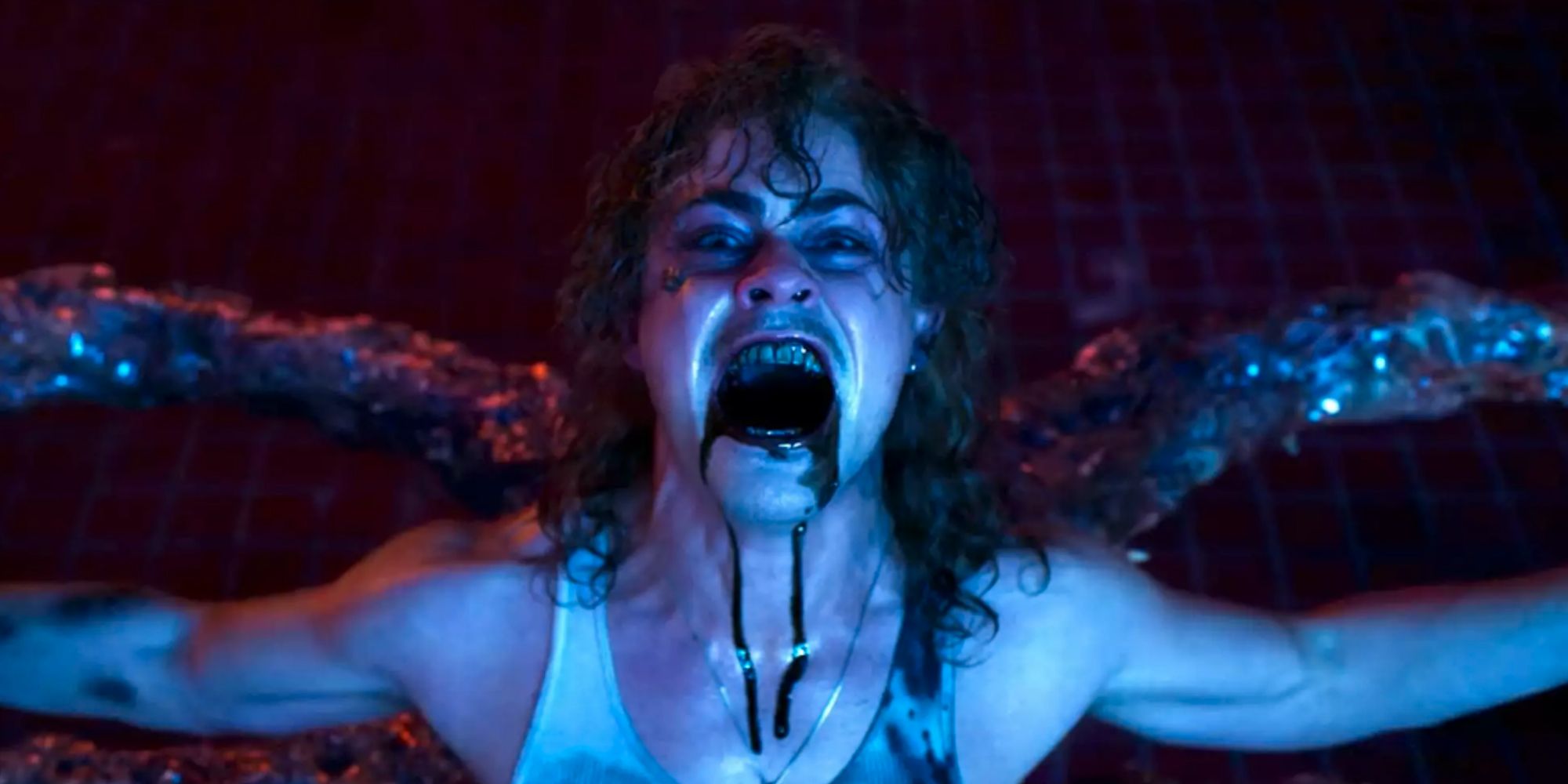Practically since its inception, Netflix has been reshaping the way that audiences view film and television, from establishing the subscription model to defining (and eventually destroying) the concept of content curation. Viewers might assume, then, that Netflix’s properties have evolved with the company, incorporating the insights of its streaming model into aspects of production. That does not, however, seem to be the case with Stranger Things, which released its fourth season last week.
Stranger Things is a highly binge-able show that has existed entirely within the Age of Binge-Watching—yet it has relied, since its stratospheric first season, on a filmmaking gimmick that is somewhat at odds with binge TV: the flashback. Audiences may not have noticed at first that Stranger Things’ many flashbacks were unnecessary, but viewers are sure to notice now, as they continue to see the same images repeated over and over again, pointlessly using up running time and narrative space.
The flashback, like so many tools of visual narrative, has multiple uses. In days past, viewers had to wait a week between episodes — a week in which they could not rewatch the previous episode or read a blow-by-blow recap. Before binge television, viewers spent the better part of a year watching the events of a single season unfold. The flashback was a useful tool for reminding viewers of prior, relevant information; to reestablish context from September for a twist that was revealed in May. In the late 90s, as more complex plotting became the status quo, flashbacks took on a narrative function: they became a way to fill in backstory for characters, to add layers to the arcs of the present by placing those arcs in the contexts of the past. One of the most memorable examples of this phenomenon is Lost, which devoted nearly half of its story to flashbacks (and, later, flash-forwards), so it could parallel the story of The Island with the individual character stories that converged there.
But flashbacks also serve a third purpose, one which is much harder to analyze: they reflect characters’ internal states. One prime example of this function is in Outlander, which includes flashbacks to Claire’s previous life, interspersed sparingly throughout her time travel narrative. Because the story is told with first-person narration, viewers understand these vignettes to mimic human memory: individuals often connect present circumstances to events of the past, and the short flashbacks of Outlander represent those brief, fleeting realizations. Much more commonly, a show will employ a flurry of flashbacks to connect the many separate details of a season-long mystery, representing how a character pieces together those details. Such montages are particularly common in romance plots, adding emotion to dramatic realizations. The use of psychologically-motivated flashbacks is a creative choice; although they are meant to resemble real emotional and cognitive processes, their sequences rely on shot choice and editing — that is, on directorial decisions — to impart feeling to the audience.
The many flashbacks of Stranger Things seem chiefly to fall into this third category, although they are weakened as artistic devices by the sin of repetition. The most effective instance of the patented Stranger Things flashback is a montage reinforcing a single character’s entire arc, as when Hopper travels into the Upside-Down and there processes his grief over his daughter by reliving the journey of losing her. But that was Stranger Things Season 1. Since then, Netflix has gone from being nearly synonymous with streaming to practically passé in a predominantly-streaming landscape. Audiences are by now familiar with the series’ characters and events, having watched and rewatched the show over five years.
Alas, the Stranger Things writers seem reluctant to give the flashback up. Season 4 not only included numerous flashbacks, but it included flashbacks consisting solely of footage used in previous seasons. Hopper’s moment of connecting his traumatic loss to the sociocultural forces of the era was a deeply poignant epilogue to a story that had already been thoroughly explored — or, at least, it should have been. The emotional weight of the scene was tragically undercut by the trudging out of footage that viewers have already seen repeatedly.
The prevalence of flashbacks in Season 4 goes beyond a narrative crutch. They become an inexcusable redundancy — especially given that the season was Stranger Things’ strongest since its debut. In finally giving the audience a worthy follow-up to Season 1, the writers waste precious time on montages, once again, through Eleven’s journey — which once again focus on the most recent events, the key scenes from Season 3. The show left many questions unresolved in its penultimate season (and introduced new questions that might actually be worth answering), but it seemed less interested in developing those lines of inquiry than in rehashing old events.
Flashbacks may not need to introduce new information, but they should, at the very least, mine old information for new significance. Instead, the flashbacks of Stranger Things are a lot like the show itself: more focused on living in the glory and gore of the past than in moving forward into the future.



